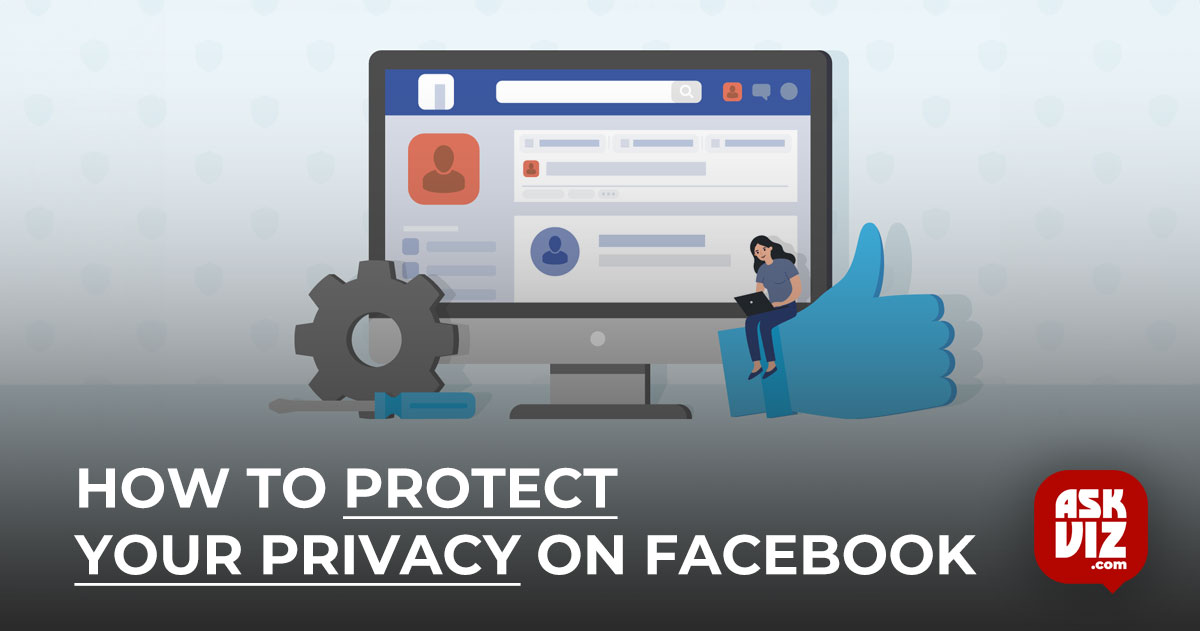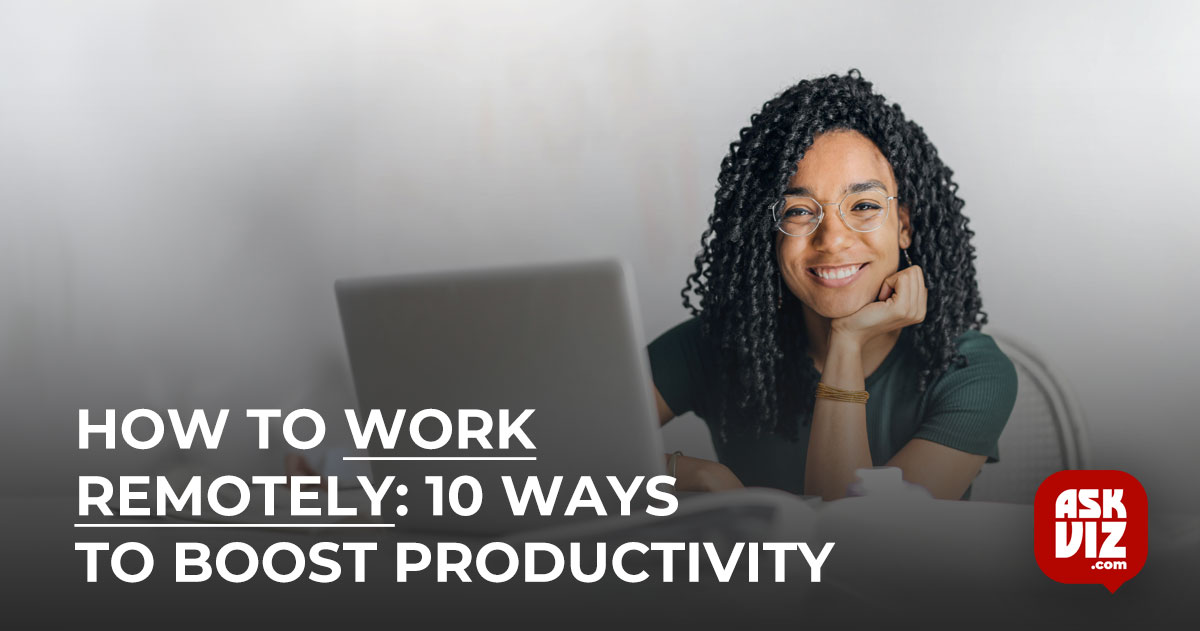Virtual assistants, such as Alexa, Google Assistant, and Siri, have become increasingly popular in recent years due to their convenience and versatility. Whether you’re looking for an easier way to control your smart home devices, get answers to your questions, or simply play music, virtual assistants are designed to make your life easier and more convenient.
Table of Contents
In this comprehensive guide, we will cover everything you need to know about using virtual assistants, including setting them up, customizing them, using them, and expanding their skills.
1. Introduction
A. What are virtual assistants
Virtual assistants are artificial intelligence-powered devices or software applications that are designed to perform tasks and provide information in response to voice commands. They use natural language processing (NLP) and machine learning algorithms to understand and respond to your requests. Virtual assistants are available on a variety of devices, including smart speakers, smartphones, and laptops.
B. Popular virtual assistants
There are several popular virtual assistants available, including:
- Alexa: Amazon’s virtual assistant is available on a range of devices, including the Amazon Echo smart speaker and Fire tablet.
- Google Assistant: Google’s virtual assistant is available on Google Home smart speakers and on Android devices.
- Siri: Apple’s virtual assistant is available on iPhones, iPads, and Mac computers.
- Bixby: Samsung’s virtual assistant is available on select Samsung smartphones and smartwatches.
C. Benefits of using virtual assistants
Virtual assistants can provide a number of benefits, including:
- Convenience: With virtual assistants, you can control your smart home devices, play music, set reminders, and access information with just your voice.
- Time-saving: Virtual assistants can perform tasks and provide information quickly and efficiently, saving you time and effort.
- Improved organization: Virtual assistants can help you stay organized by setting reminders and keeping track of appointments and tasks.
- Hands-free operation: Virtual assistants allow you to perform tasks and access information without having to pick up a device or use your hands.
2. Setting Up Your Virtual Assistant
A. Choose your virtual assistant
The first step in using a virtual assistant is to choose which one you want to use. Consider factors such as which devices you own, the features and capabilities you need, and your personal preferences when making your decision.
B. Download the app or install the device
Once you have chosen your virtual assistant, you will need to download the app or install the device. For example, if you have chosen Alexa, you will need to download the Alexa app to your smartphone or tablet, or purchase an Amazon Echo smart speaker.
C. Connect to Wi-Fi
Next, you will need to connect your virtual assistant to your Wi-Fi network. This will allow it to access the internet and perform tasks such as playing music, accessing information, and controlling smart home devices.
D. Create an account and sign in
Finally, you will need to create an account and sign in to your virtual assistant. This will allow you to personalize your experience and access your saved settings and preferences.
3. Customizing Your Virtual Assistant
A. Change the wake word
The wake word is the word or phrase you use to activate your virtual assistant. By default, this is usually “Alexa,” “Google,” or “Siri,” but you can change it to something else if you prefer.
B. Adjust language and settings
You can adjust the language and settings of your virtual assistant to meet your needs. For example, you can change the language it uses, adjust the volume, and set up personalized routines.
C. Connect to other devices
Many virtual assistants can connect to other devices, such as smart home devices and music streaming services. For example, you can connect Alexa to your smart home devices, such as lights and thermostats, and to music streaming services, such as Amazon Music and Spotify. To connect to other devices, you will need to enable the relevant skills or actions in the virtual assistant’s app or settings.
D. Set up personalized routines
Virtual assistants can also be used to set up personalized routines, which allow you to perform multiple tasks with a single command. For example, you can create a routine that turns off the lights, lowers the thermostat, and starts playing your bedtime playlist with a single command. To set up routines, you will need to use the virtual assistant’s app or settings.
4. Using Your Virtual Assistant
A. Make voice commands
To use your virtual assistant, simply speak the wake word followed by your request. For example, you can say “Alexa, play music” or “Google, what’s the weather like today?” Your virtual assistant will respond to your request and perform the task.
B. Ask questions
Virtual assistants can also be used to answer questions, such as “What’s the capital of France?” or “How do I make spaghetti carbonara?” Simply ask your virtual assistant the question and it will respond with the answer.
C. Give commands to control smart home devices
If you have connected your virtual assistant to your smart home devices, you can use it to control them with voice commands. For example, you can say “Alexa, turn off the lights” or “Google, raise the temperature by 2 degrees.”
D. Play music, set reminders, and access information
In addition to controlling smart home devices, virtual assistants can also be used to play music, set reminders, and access information. For example, you can say “Alexa, play my morning playlist” or “Siri, set a reminder to call my mom at 3 PM.” You can also use your virtual assistant to access information, such as sports scores, movie times, and news updates.
5. Expanding Your Virtual Assistant’s Skills
A. Explore the skills and actions store
Most virtual assistants have a skills or actions store, which is a marketplace where you can download and install additional capabilities and features. The skills or actions store can be accessed through the virtual assistant’s app or settings.
B. Enable and disable skills
Once you have explored the skills or actions store, you can enable or disable skills as needed. To enable a skill, simply follow the instructions in the virtual assistant’s app or settings. To disable a skill, simply go to the virtual assistant’s app or settings and turn it off.
C. Add and manage skills and actions
By adding and managing skills and actions, you can expand the capabilities of your virtual assistant and get even more out of it. To add a new skill or action, simply go to the virtual assistant’s app or settings and follow the instructions. To manage skills and actions, you can go to the virtual assistant’s app or settings and adjust the settings as needed.
6. Conclusion
A. Recap of the benefits of using virtual assistants
Virtual assistants are designed to make your life easier and more convenient. Whether you’re looking for an easier way to control your smart home devices, get answers to your questions, or simply play music, virtual assistants can provide a number of benefits, including convenience, time-saving, improved organization, and hands-free operation.
B. Final thoughts and suggestions for getting the most out of your virtual assistant
By following the steps outlined in this comprehensive guide, you can get the most out of your virtual assistant and take advantage of its many capabilities. Whether you’re a beginner or an experienced user, there’s always room to expand your virtual assistant’s skills and customize it to fit your needs.
To make the most of your virtual assistant, here are some final tips and suggestions:
- Take the time to learn all of the features and capabilities of your virtual assistant. The more you know about what it can do, the more you’ll be able to take advantage of its capabilities.
- Keep your virtual assistant updated. Regular software updates will ensure that you have access to the latest features and capabilities.
- Connect your virtual assistant to other devices, such as smart home devices and music streaming services. This will allow you to control your home and enjoy your music hands-free.
- Set up personalized routines to streamline your daily tasks. This can help you save time and get more done with just a few voice commands.
- Explore the skills and actions store and add new skills and actions to expand your virtual assistant’s capabilities.
By following these tips and suggestions, you’ll be well on your way to getting the most out of your virtual assistant. Whether you’re using Alexa, Google Assistant, Siri, or another virtual assistant, you’ll be able to enjoy the many benefits of this innovative technology.








